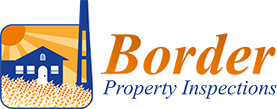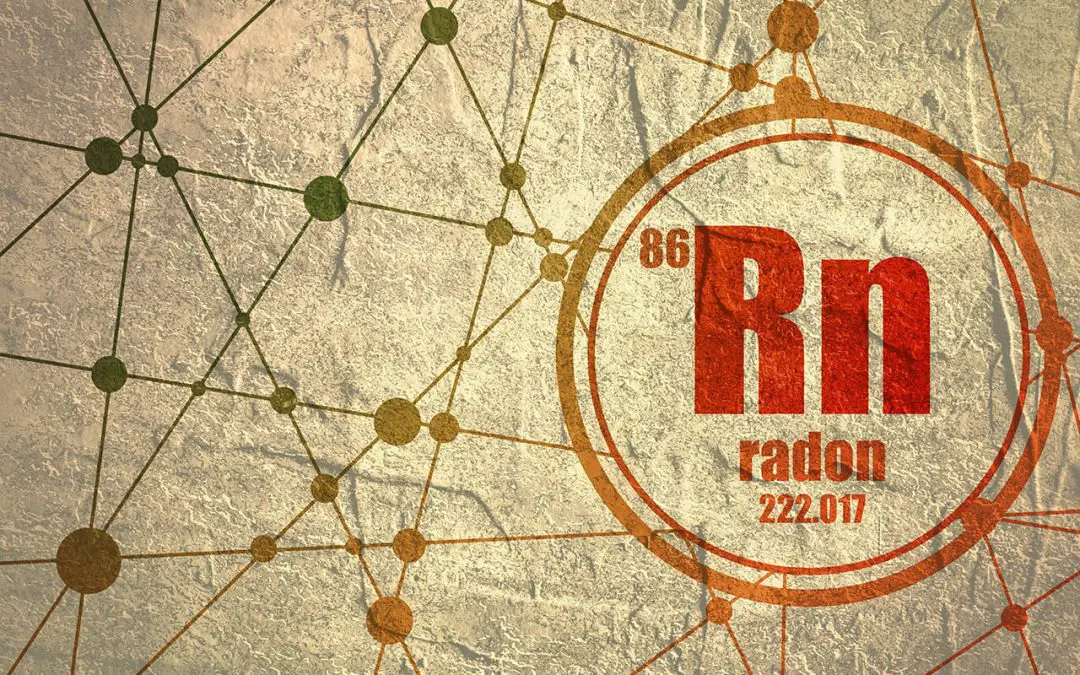Radon gas is a colorless and odorless health hazard, present outdoors and indoors. When radioactive chemical elements such as thorium and uranium break down in the soil, they produce radon. Unsafe radon levels occur in the home when the gas accumulates inside a well-sealed space.
If your house has elevated radon levels, take action as soon as possible. Here are a few essential facts to know about radon gas.
Average Radon Levels
Radon concentrations in air are measured in units of becquerels per cubic meter (Bq/m3) in Canada. No amount of radon is 100% safe, although high radon levels are more concerning for the health and safety of your family.
If the test results from a long-term radon test are greater than 200 Bq/m3, immediate action is recommended.
Health Effects of Radon Gas in the Home
While it is tasteless, odorless, and invisible, high amounts of radon in the home can affect your health over time. Elevated radon levels might lead to symptoms such as persistent cough, chest pain, difficulty breathing, and recurring respiratory illnesses. Long-term exposure to radon gas has been proven to cause lung cancer.
How to Measure Radon
While you can buy radon tests online or in stores, these tests may not be accurate. A better course of action is to hire a radon professional to conduct the test for you. Professional radon tests provide a more accurate reading, so you’ll know with certainty whether you need to fix your home.
Radon contractors who have experience testing for and mitigating radon will inform you of what actions to take based on your test results. To find a radon professional, search online or ask your home inspector if they can perform a test for you.
Reducing Radon Levels in the Home
There are several ways to reduce the amount of radon present in your home, from covering the ground in a crawlspace to installing a radon-reduction system. A radon mitigation contractor will design and install a system to move the gas out of your living spaces.
Soil depressurization systems are one of the most common solutions for reducing radon levels in a home. This method involves a vent pipe and fan that draws radon from the ground and vents it outdoors so it cannot accumulate inside.
High levels of radon increase the chances of developing lung cancer. While it is difficult to get rid of radon entirely, it’s critical to hire a qualified professional who will assess radon levels so you can take any needed action.
Border Home and Property Inspections offers inspections to home buyers in the Midwest region of Alberta and Saskatchewan. Contact us to request our services.

